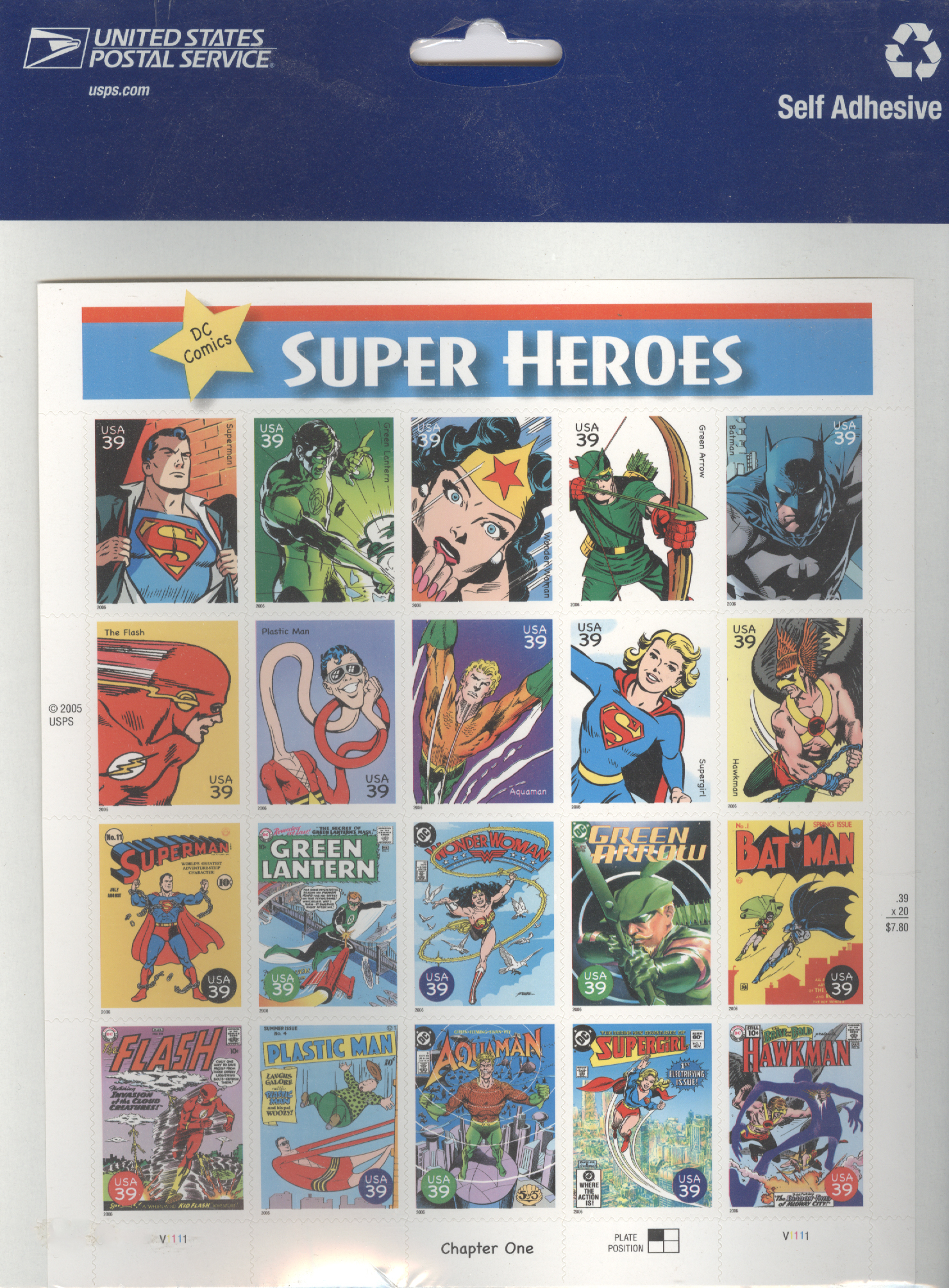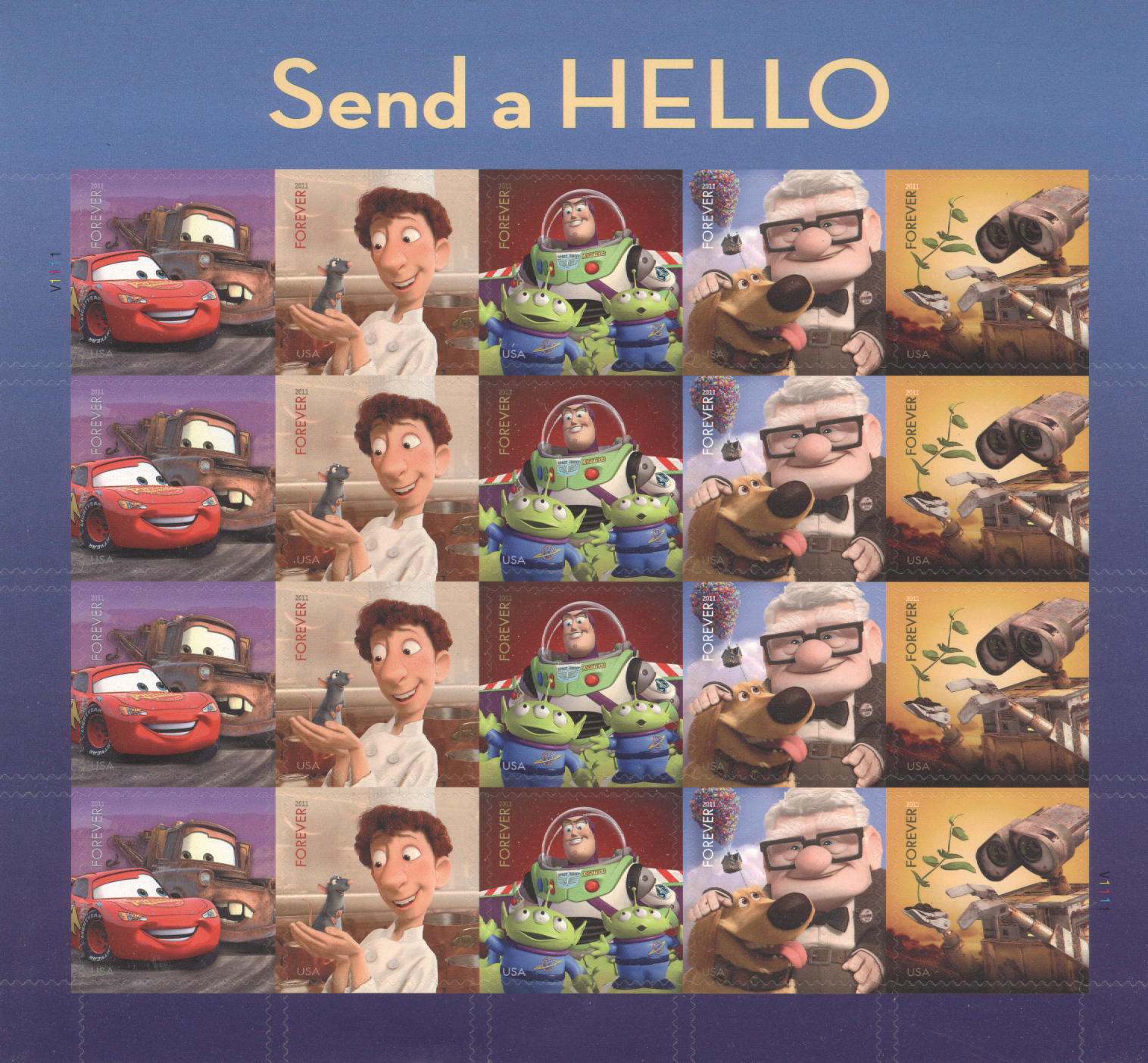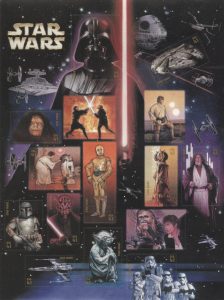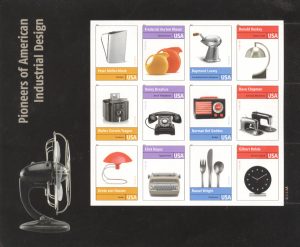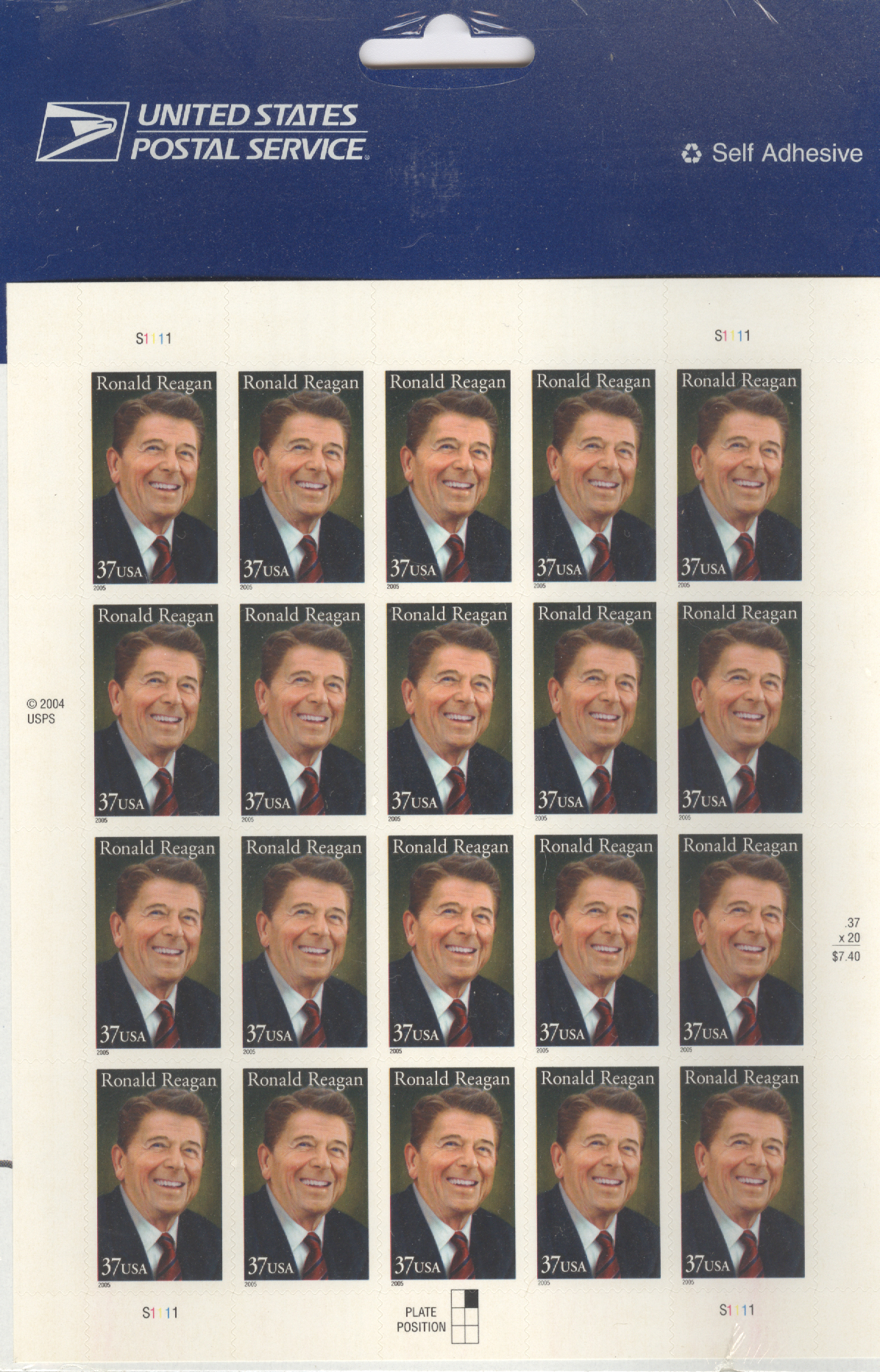Among the many treasures of mid-century textile art, Lindhorst needlepoints stand out for their exceptional craftsmanship, timeless beauty, and nostalgic charm. These hand-stitched works, often produced during the mid-20th century, have become sought-after collectibles among vintage enthusiasts and art lovers alike. Combining artistic design with meticulous needlework, vintage Lindhorst pieces embody a tradition where patience and precision were as important as creativity.

Lindhorst needlepoints were typically sold as kits, allowing hobbyists to create their own pieces of decorative art at home. These kits included pre-printed canvases, colorful wool threads, and detailed instructions. The designs ranged widely — from pastoral landscapes and floral arrangements to classical still lifes and portraits of animals. Each piece reflected a sense of quiet refinement, often echoing the design sensibilities of the 1950s and 1960s. The balanced compositions and muted color palettes made them ideal for display in elegant living rooms, cozy dens, or seaside cottages.
What sets Lindhorst needlepoints apart from other vintage kits of the same era is their artistic integrity. While many mass-produced kits leaned toward simple or cartoonish designs, Lindhorst canvases maintained a painterly quality. The subtle shading and sophisticated color transitions mimicked brushstrokes, giving the finished product the appearance of a hand-painted artwork rather than a stitched pattern. The company’s commitment to quality materials also contributed to the enduring appeal of these pieces; the canvases were durable, and the wool threads retained their vibrancy even after decades.
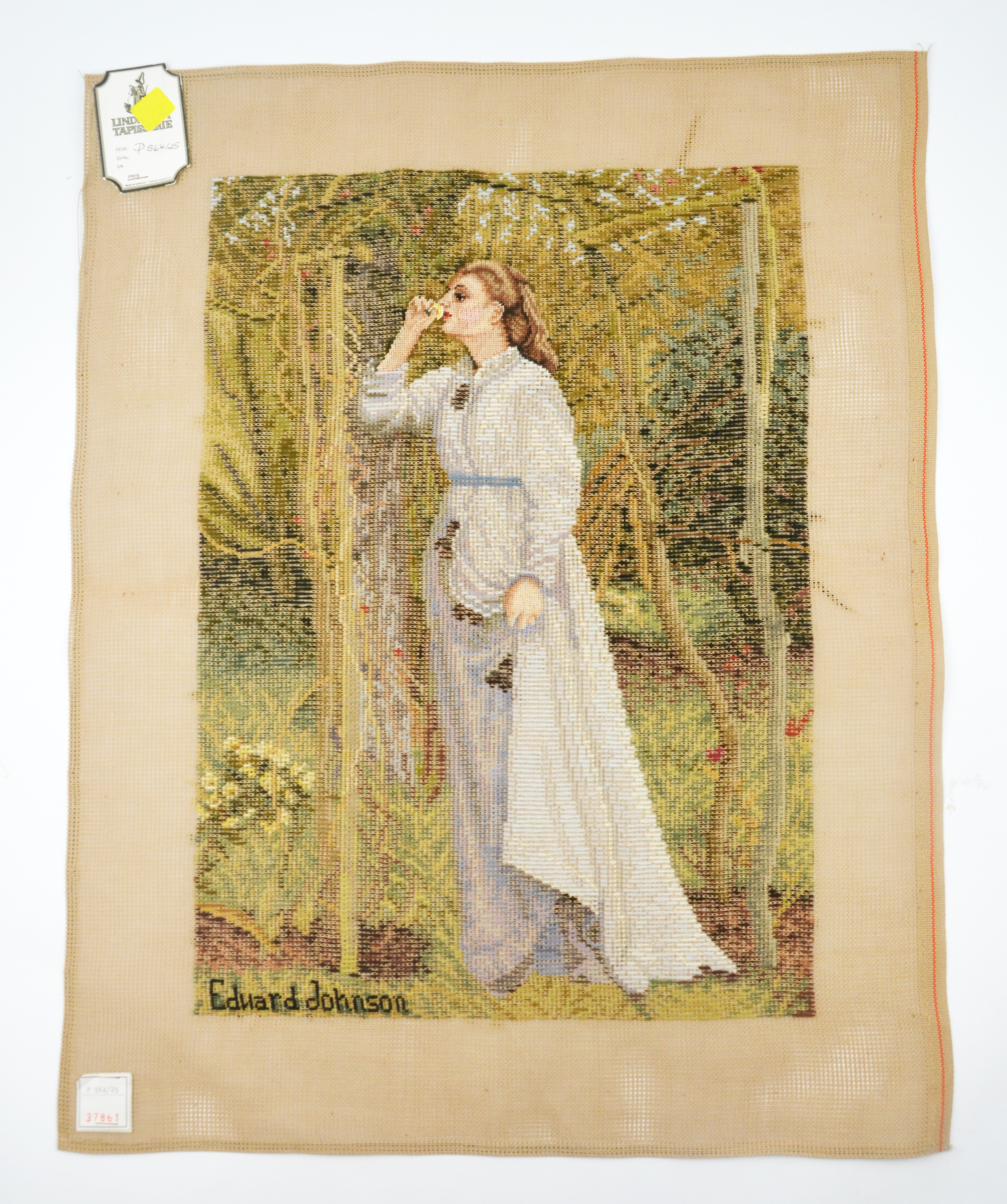
Today, vintage Lindhorst needlepoints are appreciated not only for their aesthetic value but also for what they represent — a slower, more deliberate form of creativity. In a time before digital design and mass automation, needlepoint offered a meditative escape and a tangible sense of accomplishment. Each completed Lindhorst piece is a testament to hours of careful labor, guided by steady hands and a love for craft. For many collectors, that human touch is precisely what makes these works so special.

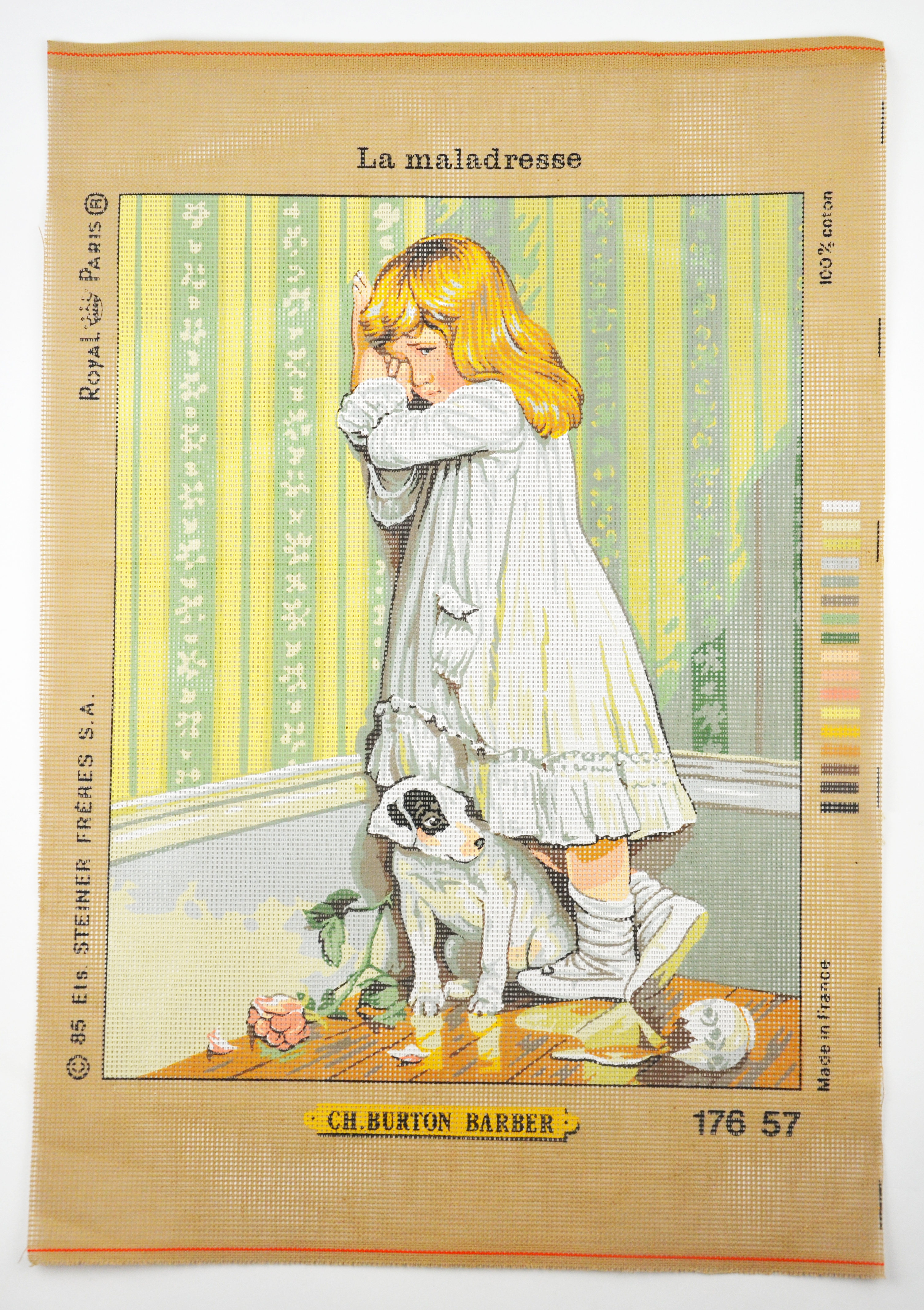
Collectors often find Lindhorst needlepoints in antique stores, estate sales, and online marketplaces. The most desirable examples are those in excellent condition, either framed or well-preserved from sunlight and moisture. However, even slightly worn or unfinished canvases have a charm of their own. They tell stories of a bygone domestic art culture — one in which handcrafting was a valued pastime and decorative needlework adorned the walls of countless homes.
The growing interest in vintage crafts has sparked a revival of appreciation for brands like Lindhorst. Modern crafters sometimes use original Lindhorst patterns as inspiration for new projects, blending old-world design with contemporary materials. In doing so, they honor the legacy of a company that helped elevate needlepoint from a simple hobby to an art form.
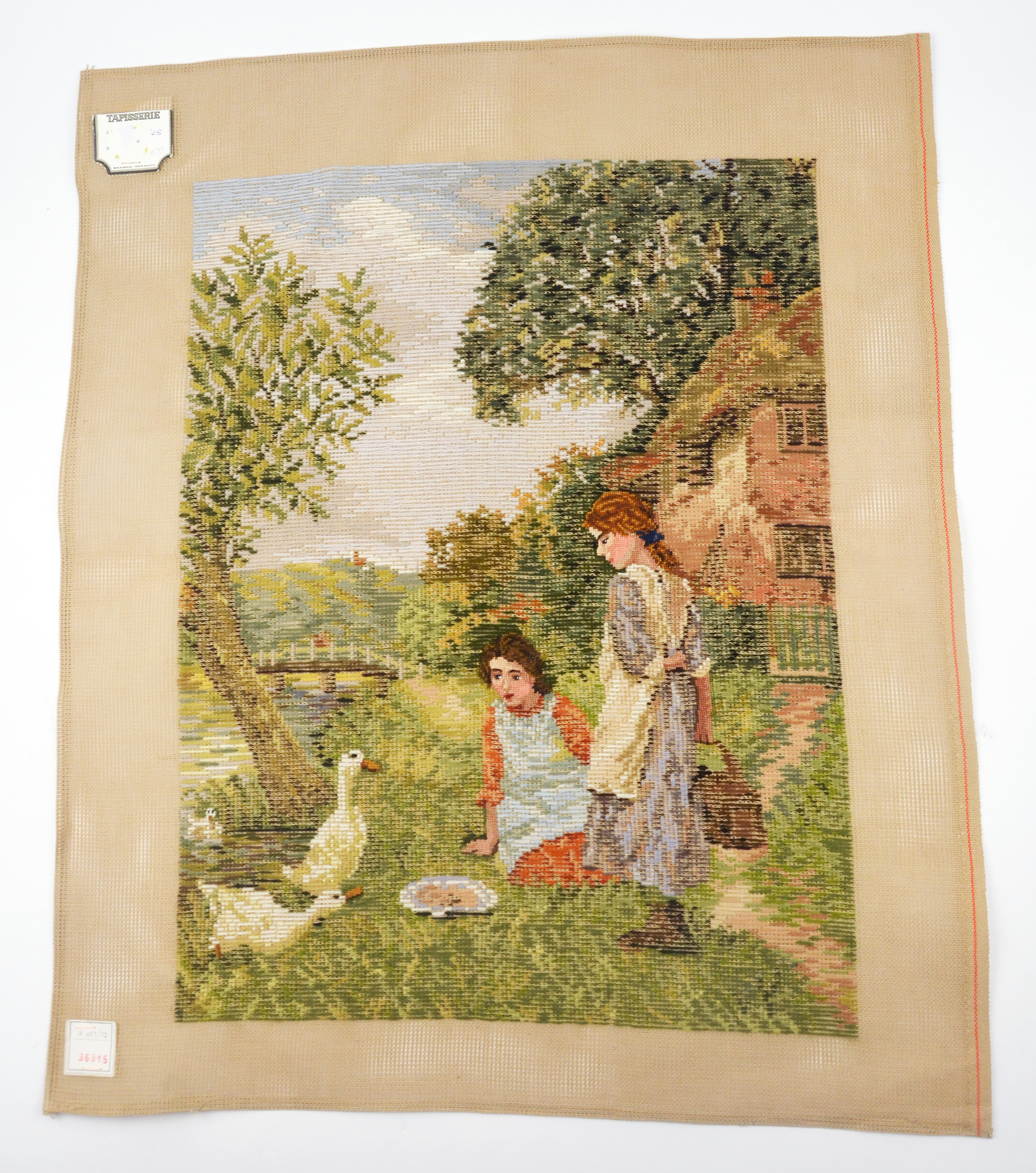

In essence, vintage Lindhorst needlepoints are more than decorative artifacts; they are woven memories of a time when art and everyday life were closely intertwined. Each stitch, carefully placed, carries a bit of history — a quiet conversation between maker, material, and moment. For collectors and creators alike, these timeless needlepoints remain enduring reminders of the beauty found in patience, detail, and the handmade.
These items are currently available in our eBay store.
References:
- Findings: The Material Culture of Needlework and Sewing by Mary C. Beaudry
- The Ehrman Needlepoint Book by Hugh Ehrman
- The Unicorn Tapestries in The Metropolitan Museum of Art by Adolfo Salvatore Cavallo


